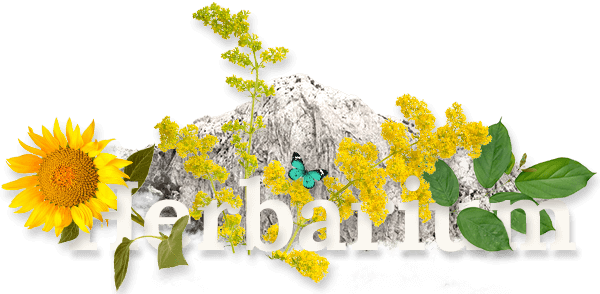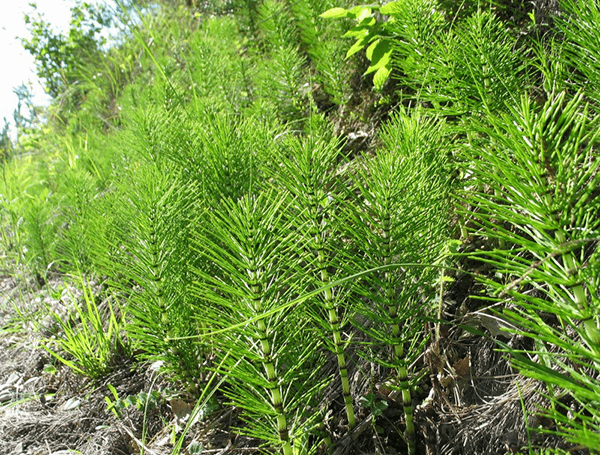Izradu internetske stranice sufinancirala je Europska unija u okviru operativnog programa Konkurentnost i kohezija iz Europskog fonda za regionalni razvoj.
saznajte više

HORSETAIL
lat. Equisetum
Other names: Bottlebrush, shave grass, corncob plant, scouring rush, field horsetail, pewterwort, paddock-pipes
Scroll
Habitat:
Horsetail is native to both North America and Europe. It is one of only a few Equisetum survivors from the dinosaur era. In parts of Northern America, Canada, and Europe it is often considered a rather bothersome weed because of its prolific tuber system.
Plant Description:
Horsetail is a perennial plant of the Equisetaceae or the horsetail plant family. It is a unique plant because it has two very different stems. In the early spring, it grows a stem that looks somewhat like asparagus. Later in the Summer, the stem appears as thin, green and somewhat feathery.
Plant Parts Used:
The above-ground parts of the green summer shoots are collected and used fresh. The lower dark portion of the stem should be removed before the plant is dried and all discolored parts of the dried herb discarded before it is stored for later use.
Pharmaceutical use:
Historically, horsetail has been used to stop bleeding, repair broken bones and as an herbal remedy for arthritis. It has also been beneficial in the treatment of dropsy, gravel and kidney infections, including ulceration and ulcers in the urinary passages. Because horsetail has the ability to increase urine production, (a diuretic), it gained popularity as an herbal treatment of kidney stones, edema and urinary tract infections as well as cystitis.This property can be attributed primarily to the presence of flavonoids. The herb has been used to treat inflammation of the prostate gland, or benign enlargement of the prostate (benign prostatic hyperplasia, BPH). It is often used in combination with smooth hydrangea (Hydrangea arborescens) in the treatment of prostate problems. It has also been used as a supportive treatment for gout.Before the advent of synthetic and more effective treatments, the herb was the principal remedy for tuberculosis. Because horsetail is rich in silica and silicic acids it could be beneficial as an herbal treatment for osteoporosis.
Cautions:
Please be aware that herbs, although natural can interact with certain medications, and that they may be ill advised to use under certain health conditions. Please consult a qualified health practitioner for cautions pertinent to you.
No therapeutic claim is made or intended for AZENA products. Information is for educational purposes only.




